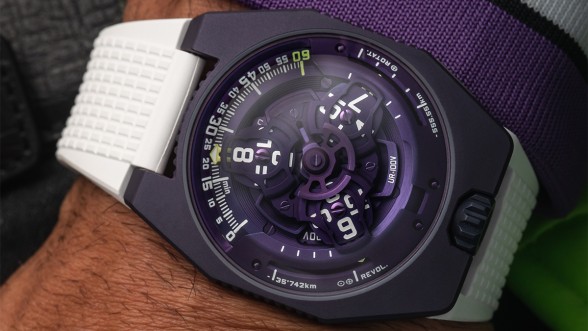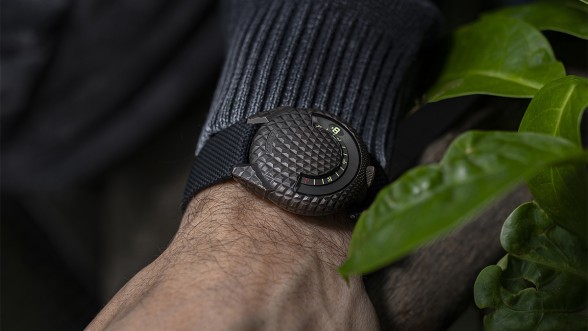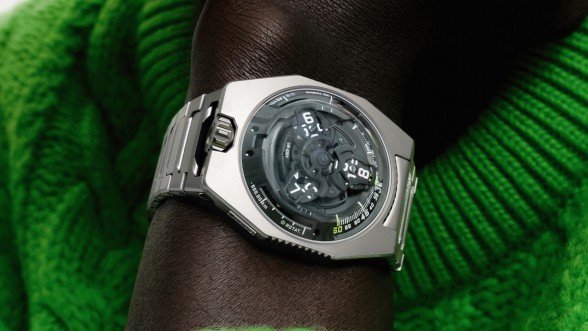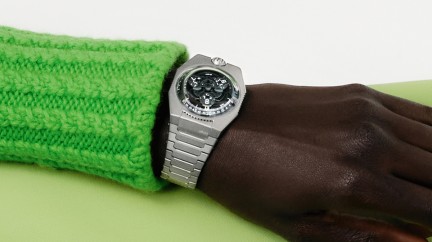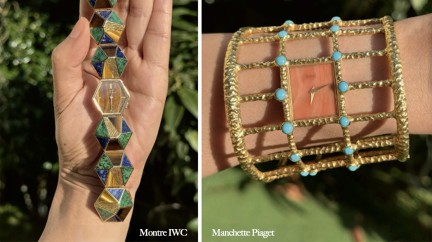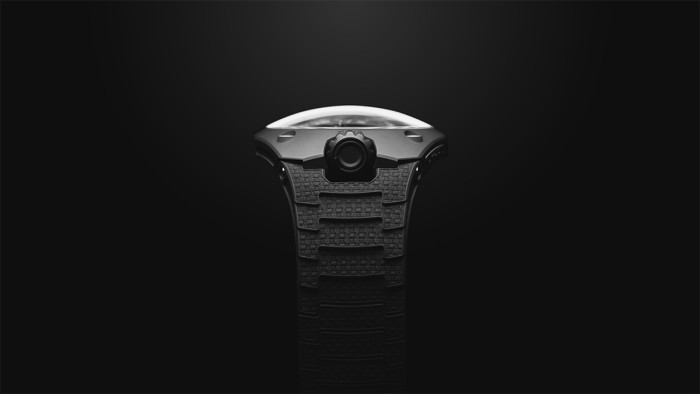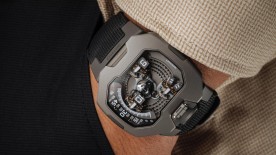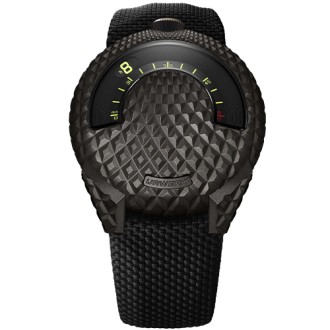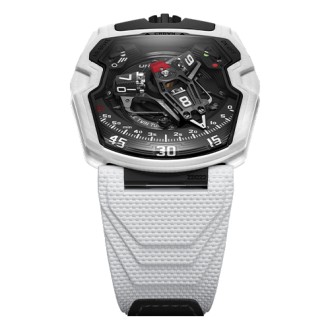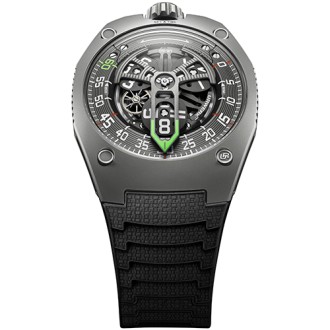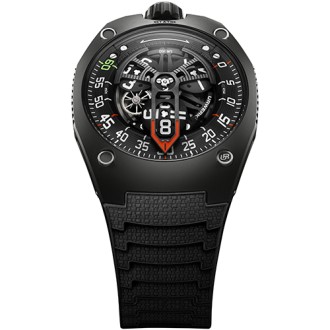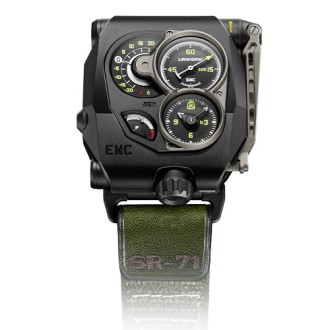Urwerk

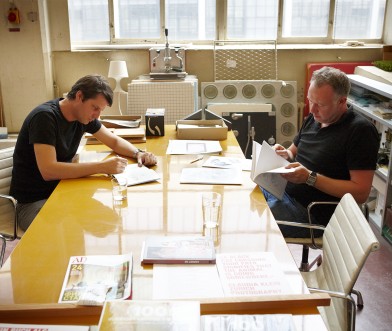
Few brands are as closely associated with the rise of avant-garde independent horology in the new millennium than URWERK, the Geneva-based brand with Swiss-German mechanical foundations.
The dynamic partnership of Martin Frei and Felix Baumgartner — the respective sources of URWERK’s out-of-the-box design and ambitious watchmaking — has produced a range of timepieces that utilise the classic wandering hour display, but in a thoroughly contemporary interpretation that turns this centuries-old time-telling system into a space-age composition of spinning hour modules and running minutes.
Although the time display may not seem particularly intuitive at first (partly due to the sheer visual complexity of the watches), it takes just a few minutes to rework one’s perspective to make sense of the gliding hour modules which mark off the minutes on a continuous scale.
Apart from their hallmark use of the wandering hour, transmuted into spinning hour satellite modules, URWERK have also distinguished themselves with a powerful vein of innovative technology. The fine-adjustment screw that first debuted in the UR-103 allowed the wearer to speed up or slow down the beat rate of the watch without sending it in to a watchmaker. The variable turbines of the UR-202 was another user-friendly feature enabling the wearer to dampen the rate of automatic winding commensurate with their level of lifestyle activity.
The 2013 EMC catapulted URWERK’s horological evolution two generations into the future, with an embedded high-frequency oscillator powered by a hand-cranked dynamo that gave the wearer an exact error reading on the mechanical movement, which could then be calibrated with the fine-adjustment screw. More recently, the AMC, consisting of a synchronised system of atomic clock and mechanical watch, took things to an even more rarefied level, with the atomic clock automatically setting and regulating the mechanical watch to achieve perfect chronometric precision.
What all these innovations have in common is to fundamentally change the relationship between watch and wearer. Instead of the watch being a static element that displays read-only information (a term we are all familiar with in our interactions with digital document formats), the watches of URWERK are built around the concept of regularly integrating user input.
This inventive side of URWERK is acknowledged by a slew of industry awards, notably a double win at in both Mechanical Exception and Innovation categories the 2014 Grand Prix d’Horlogerie de Genève (GPHG) for the EMC, and the Audacity prize at the 2019 GPHG for the AMC.
